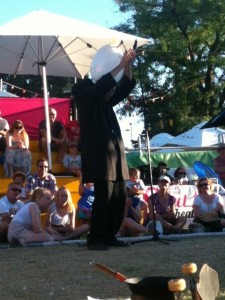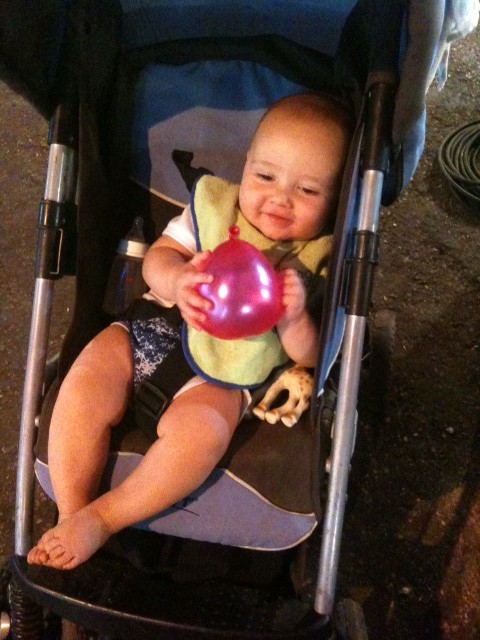The Loritz Circus: Circus Out of Africa (a Review)
Rabbi Ben has always loved the circus. Rumor even has it that he nearly ran away to join the circus before he became instead the Juggling Rabbi! (We almost believe it!) So when I noticed signs up advertising the Circus Out of Africa being put on by the Loritz Circus, we had to check it out.
We weren’t so impressed with their website. With bookings being taken over a mobile phone number, we really weren’t sure how good it could possibly be! But with tickets starting as low as $20, we figured we could go to the Circus for about the same price as going to see a movie in Sydney… not a bad deal! We figured we’d give it a shot.
Boy, are we glad we did! This circus was fantastic! It is a small traveling circus, like the ones that used to be so common but then were replaced by the massive ones like Ringling Bros. and Barnum & Bailey, and later by Cirque du Soleil. No, the Loritz Circus is clearly traditional, and brought us back, to a certain extent, to a simpler time.
The setup was in a small tent. The seating was a free-for-all unless you bought more expensive ringside tickets (although even those were very affordable), so show up early for the best spots. Yet, the tent really was so small and intimate that you could sit anywhere and still see everything perfectly. When I was a kid I remember going to the Ringling Bros and Barnum & Bailey Circus… you needed binoculars to see what was going on! But not so with the Loritz Circus… you can see the sweat dripping from the performers’ brows, even from the back row.
As for the performers, well, they are very talented! The Royal Kenyan Acrobats are the main performers and they do all sorts of tricks that are truly impressive. They are so strong, I think one hand from one of them is stronger than my whole body, truly! They climb up straight poles, do flips, somersaults, and vaults into the air, and build human towers. They really are the starts of the show, and they deserve it!
There are also a few female performers (warning: they will not be dressed tzniusly) who do some acts, too. One is a contortionist, who can bend her body into crazy shapes (her big toe is more flexible than I am). Another does acts while swinging on a trapeze – balanced upside down on her head. And another is a young Australian girl who is famous for her hula hooping tricks.
For the kids, there is also a clown (although his sense of humor is really dry) and some ponies who do tricks. This is a small circus, so there are no troops of clowns piling into tiny cars or elephants and lions to leap through flaming hoops (although one of the Royal Kenyan Acrobats does limbo under a flaming pole that is much more impressive than anything a trained animal can do).
All in all, we had a really fantastic time out at the circus. If you get the opportunity to see the Loritz Circus: Out of Africa while it is on tour in Australia, DO IT. It’s totally worth it, trust me. It’s a great way to spend $20 and a fun time for the whole family.
Enjoy!
Read More












